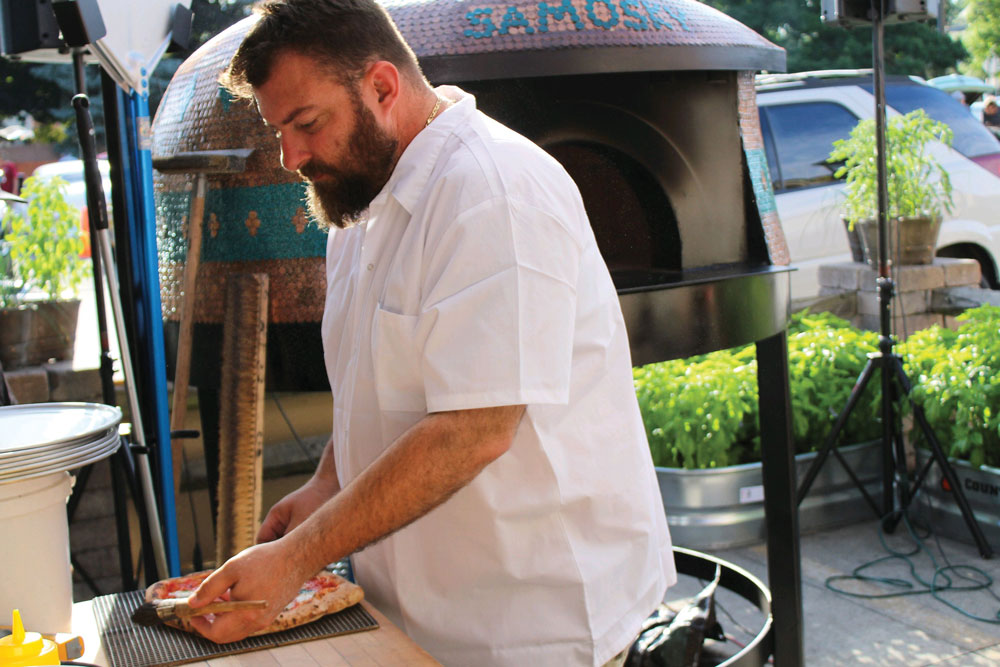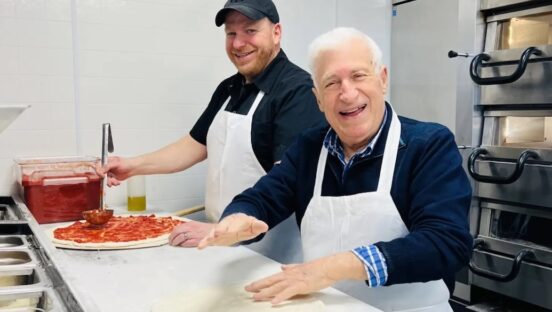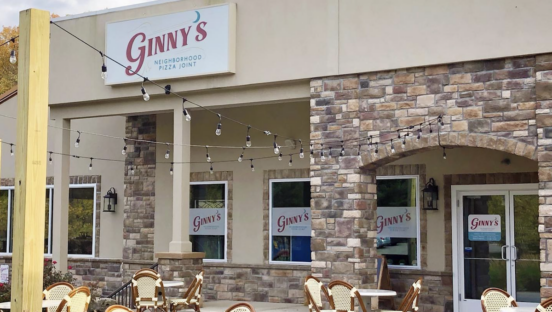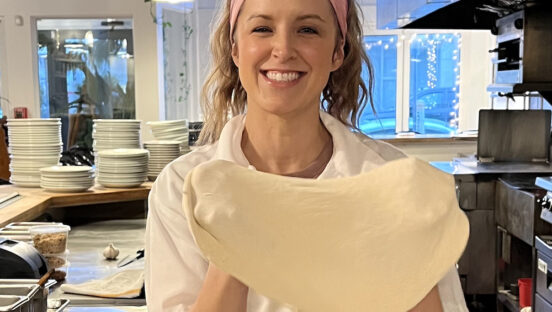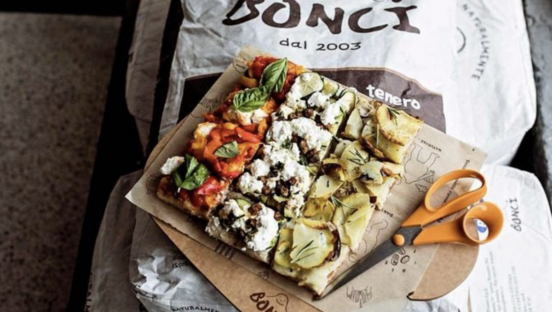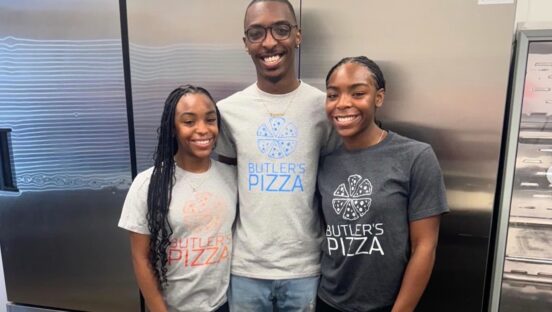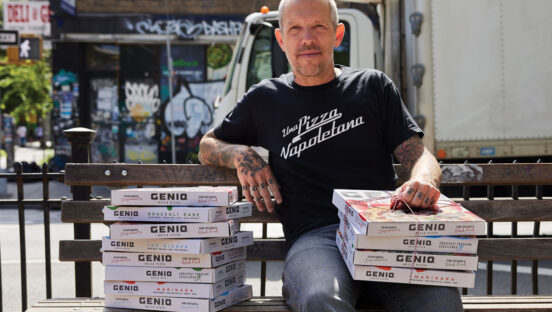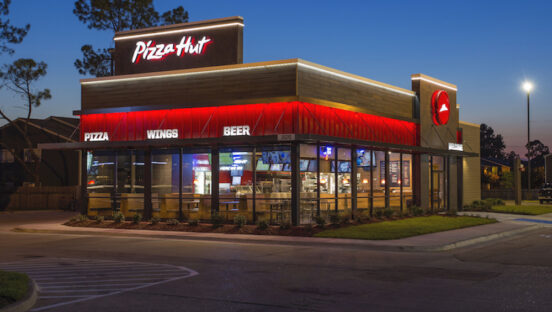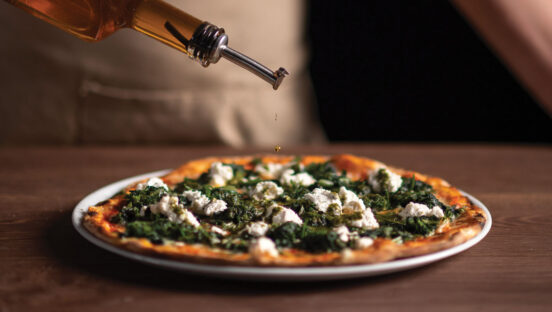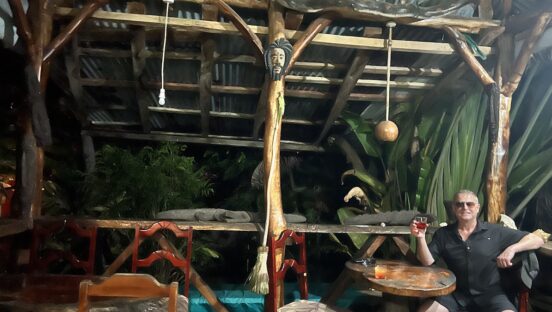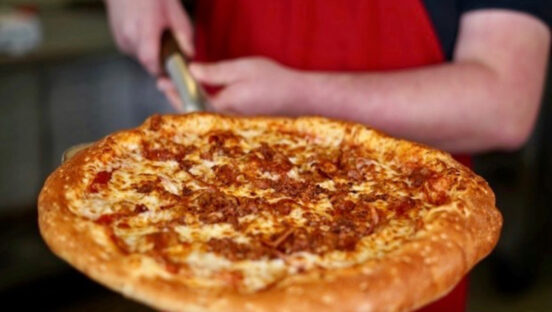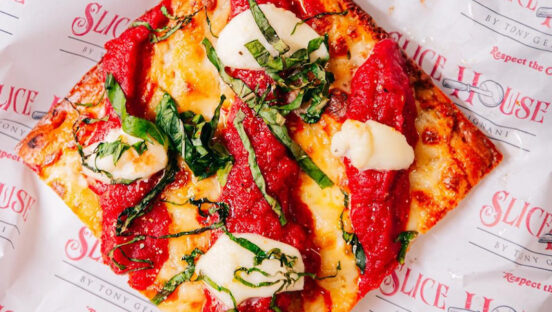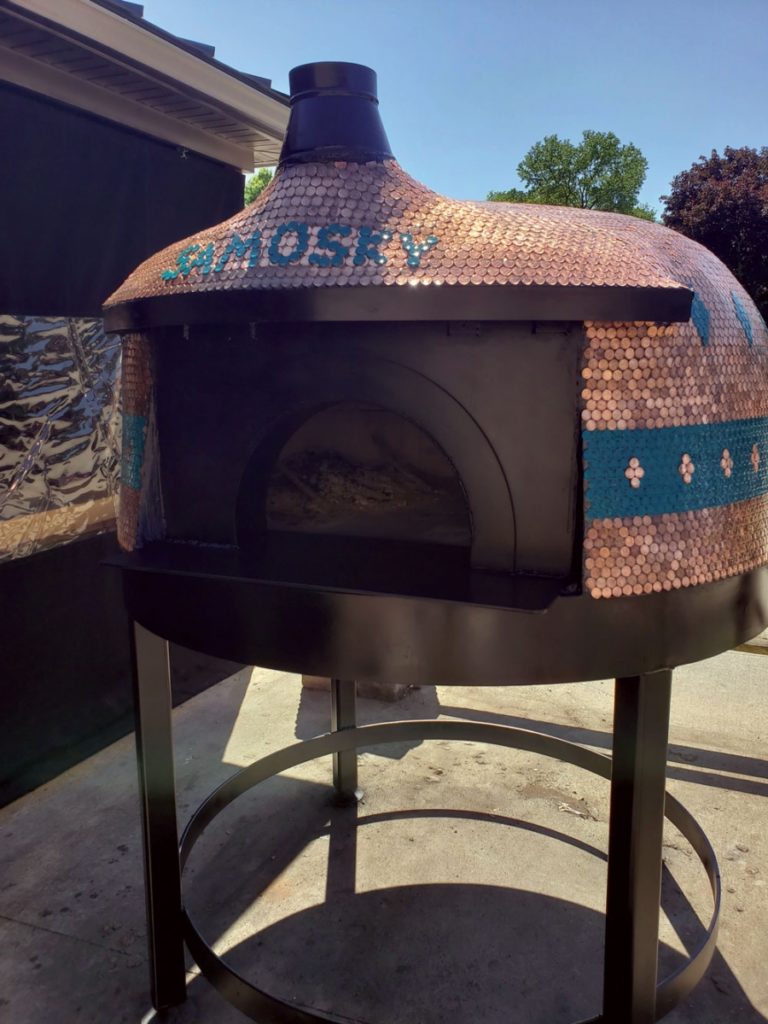 Jason Samosky, of Samosky’s Homestyle Pizzeria in Valley City, Ohio, has been a member of the U.S. Pizza Team (USPT) since his first competition and win in 2005 at Pizza Pizzazz in Columbus, Ohio. Jason recently built his own wood-fired oven to serve his operation. Here, Brian Hernandez, PMQ test chef and USPT coordinator, asks him about the details behind incorporating this new piece of equipment.
Jason Samosky, of Samosky’s Homestyle Pizzeria in Valley City, Ohio, has been a member of the U.S. Pizza Team (USPT) since his first competition and win in 2005 at Pizza Pizzazz in Columbus, Ohio. Jason recently built his own wood-fired oven to serve his operation. Here, Brian Hernandez, PMQ test chef and USPT coordinator, asks him about the details behind incorporating this new piece of equipment.
Brian Hernandez: Why did you build an oven vs. buying one?
Jason Samosky: I figured, if I’m getting one, I might as well build it. It will be more authentic. There’s a piece of me in that oven. Plus, it was an interactive experience for the customers as well. They watched the whole process. That actually helps sell the pizzas. They were there for the test pies, and that got them really excited.
Hernandez: How do you source parts and materials?
Samosky: It was difficult, because you had to deal with the health department. They just don’t understand the wood-fired part of the industry. They are really just looking for that NSF [National Sanitation Foundation] sticker. I sourced NSF-approved materials, but it wasn’t stamped. I gave them a stack of papers from my research to let them know that it’s food-safe. I should have just bought some NSF stickers!
I started taking schematics from everywhere I could find, just to get ideas. I picked out what worked for me, then I developed my plan. Luckily, I know people who can weld, so they welded the stand and the door. I pulled in local people at almost every step to help me—welders, masonry guys and so on. But most every step I found on the internet and followed that. I probably put $4,000 into it, including the $100 or so in pennies on the surface. I don’t do anything easy. I wanted to put the time in and be able say, “I did it.”
Hernandez: Why keep the oven outside?
Samosky: My kitchen is really packed, plus when you go inside, you have to think about ventilation. That’s going to add about $7,000 to $10,000.
Hernandez: Any tips on using an outside oven?
Samosky: Source your wood. Make sure to get your best value. With it being outside, in the cooler months, it will take more wood to maintain temperature. You don’t want to be burning expensive wood. I’ve used hickory and cherry. Your fruit woods are good but expensive. They’re dense and burn long and hot. Hardwood is a better bang for your buck, though. Craigslist is a good resource to find local sources of wood. Also, proximity to your kitchen: You can’t be too far away for this type of pie. It needs to get to the customer fast. In fact, we let them know their pie will come right out when done, like an appetizer. It won’t wait for all the other entrees. You just have to educate the customers. You can also wait to start cooking to time it for the other entrees, but that requires good communication between the outside oven and the inside kitchen.
Hernandez: What special items do you need for a wood-fired oven?
Samosky: Wood-fired peels. You need a good rectangular peel to build on and load into the oven, preferably perforated, to allow the excess flour to fall through, so you don’t burn it in the oven. You also need a round peel for rotation of the pie in the oven. There are also tools just for wood and ash. A good digital thermometer and ingredients are also important. You need some San Marzano tomatoes, “00” flour, fresh mozzarella, basil, olive oil and sea salt—the six basics of making a classic Margherita pizza. Past that, you need unique, fresh ingredients—but keep it simple. I only put a few toppings on these pies, and no customization. This is how I want you to have these pies. Most of my customers have grown to trust me, so they’ll give it a try, but you do have to train some of them about what a good wood-fired, Neapolitan-style pie is. But, as I said earlier, by building the oven onsite, I got them involved early, so they were excited to try some of the new pies.
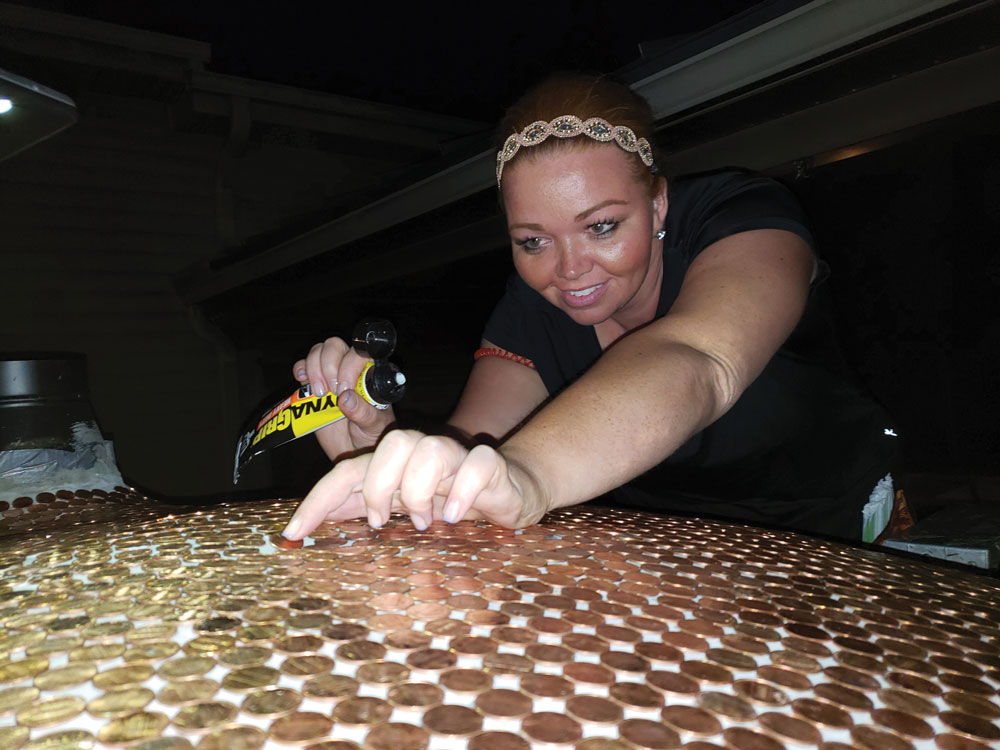 |
|
Ashley Samosky puts down the finishing touches on their penny-covered handmade oven. |
Hernandez: Did you create a new menu for this oven?
Samosky: I do wood-fired a couple days a week right now, with just a few items on the menu, and that menu will rotate. I am building to a full-time menu, but I want to keep it small: four to six pizzas, plus maybe a rotating special. It’s a specialty item in my shop. I only want to have a few high-quality ingredients for this menu so that it’s something special for the customers and not overwhelming.
Hernandez: What is the benefit of adding wood-fired to your menu?
Samosky: You’re giving your customers something they might have never had before. A lot of people cannot get out of the country, or even the state, to try these types of pizzas. Some of my customers live culinarily and vicariously through me. Also, pride, customer involvement, and the story. Good restaurants have stories. With this oven, it’s, “This is what I’ve seen in my travels competing abroad. I want you to try it the way it was meant to be.” If I start it that way, it’s a lot simpler. I’ll start it my way, and if I want to add customization, I can. You can’t start with customization, then take it away.
Hernandez: Thanks for all the great info, Jason.
Samosky: Of course. See you at the next U.S. Pizza Team event!



